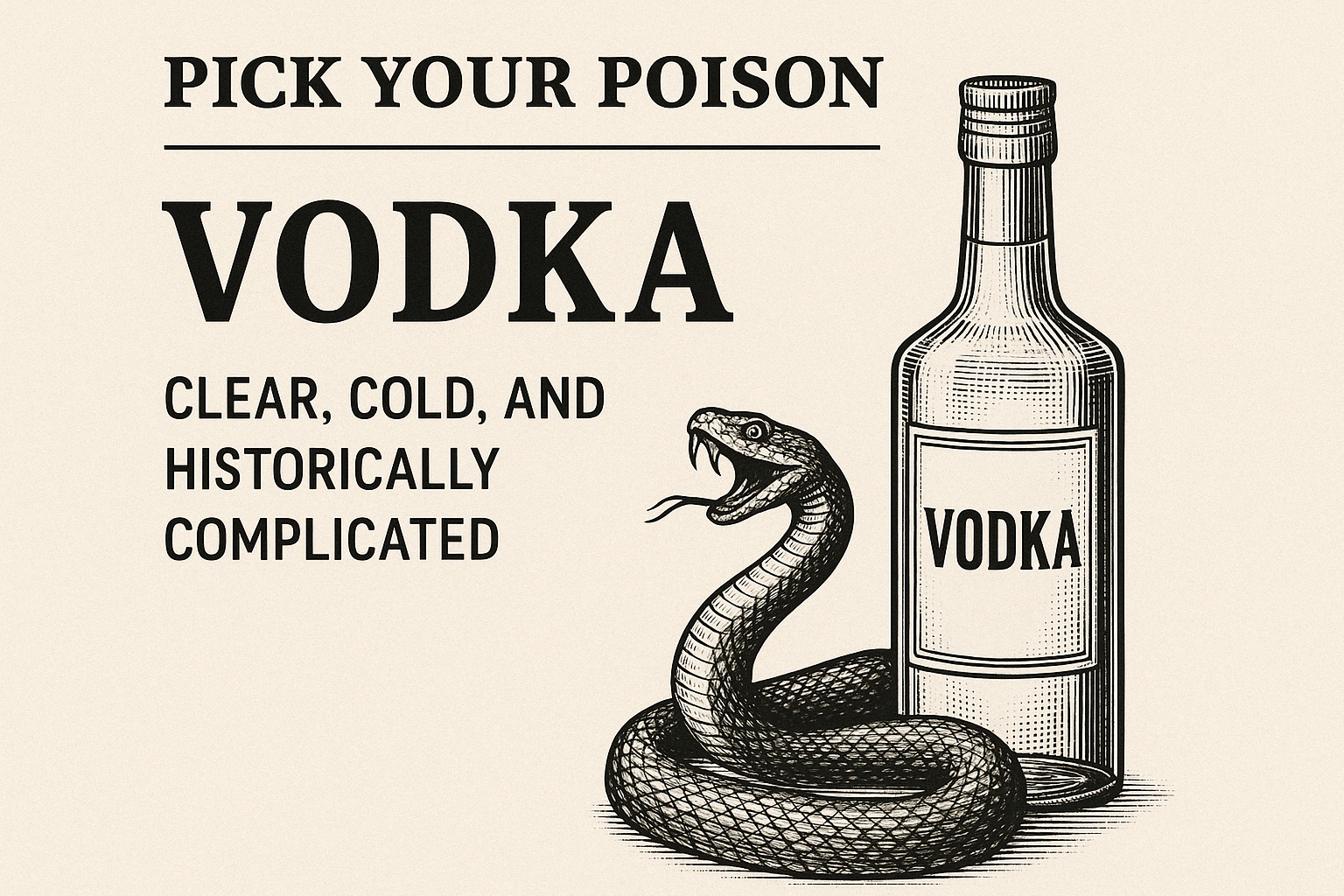We’ve all heard the jokes about hangovers being “the price you pay” for a fun night out. However, beyond the individual suffering, there’s a hidden cost to society that often goes unnoticed: the economic impact of hangovers. From lost productivity to healthcare costs, the effects of hangovers ripple through businesses and the broader economy in surprising ways. In this blog, we'll dive into how hangovers are affecting the workplace and explore some eye-opening statistics that show just how costly they can be.
The Cost of Hangovers in the Workplace
When employees show up to work groggy, tired, or not at all after a night of drinking, it creates a significant financial burden on businesses. Whether it's absenteeism (missing work entirely) or presenteeism (being at work but not fully functioning), hangovers take a toll on employee performance, productivity, and morale.
1. Lost Productivity
The most significant impact hangovers have on the economy is through decreased workplace productivity. Research conducted by the Centers for Disease Control and Prevention (CDC) found that excessive alcohol consumption, including hangovers, costs the U.S. economy $249 billion annually, with nearly $179 billion of that loss coming directly from lost workplace productivity . That’s an enormous number — equivalent to almost $2 for every drink consumed!
2. Absenteeism and Presenteeism
Hangovers lead to both absenteeism (calling in sick or taking a day off) and presenteeism (coming to work but performing poorly). According to a study published in the journal Addiction, nearly 11% of workplace absenteeism is due to alcohol-related causes . Employees who are hungover are 2.3 times more likely to miss work, which places extra pressure on colleagues and reduces overall productivity.
Even more concerning is the phenomenon of presenteeism. A report by the Institute of Alcohol Studies found that around 83% of workers have experienced presenteeism due to alcohol consumption. This means that even though they show up, their work is often compromised — they struggle with focus, make more mistakes, and take longer to complete tasks .
3. Healthcare Costs
Hangovers aren’t just an issue for employers; they also affect public health. The CDC study revealed that about 11% of the total economic burden of alcohol consumption comes from healthcare costs, which include treating alcohol-related illnesses and injuries. Hangovers can exacerbate chronic conditions like high blood pressure or heart disease and lead to more frequent doctor visits and hospitalizations .
Industries Hit Hardest by Hangovers
Certain industries feel the impact of hangovers more than others. Sectors that rely heavily on manual labor, creativity, or customer interaction tend to suffer the most. For example:
- Construction and Manufacturing: Workers in these physically demanding industries often need to be at their sharpest to avoid mistakes and accidents. A hungover worker could pose safety risks on the job site, leading to costly errors or, worse, workplace accidents.
- Healthcare and Emergency Services: Healthcare workers and first responders need to be mentally alert and capable of making quick, accurate decisions. A hangover could delay response times or result in costly mistakes, putting lives at risk.
- Sales and Marketing: Jobs that require creativity, persuasion, and emotional intelligence — such as those in sales and marketing — can be severely impacted by the brain fog that comes with a hangover. Workers in these fields may find it challenging to meet deadlines or perform in client-facing roles.
The Global Economic Impact of Alcohol-Related Productivity Loss
Hangovers are not just an American problem. A 2019 global study estimated that alcohol-related productivity loss costs the global economy a staggering $1.45 trillion annually . In the UK alone, alcohol-related absenteeism costs employers around £1.7 billion per year . These numbers highlight the widespread impact of hangovers on global economic productivity.
The Ripple Effect: Impact on Businesses
Hangovers affect more than just productivity. They also impact workplace morale, company culture, and customer satisfaction:
1. Reduced Team Morale
When one employee is underperforming due to a hangover, the rest of the team often has to pick up the slack. Over time, this can lead to frustration, resentment, and a decrease in overall team morale. As team dynamics weaken, the long-term performance of the business can suffer.
2. Increased Turnover and Hiring Costs
Workers who frequently underperform due to alcohol-related issues are more likely to face disciplinary actions or leave their jobs altogether. This leads to increased turnover rates, which cost businesses in both time and money. According to the Society for Human Resource Management (SHRM), the average cost of replacing an employee is about 6 to 9 months' salary .
3. Customer Satisfaction
In industries where employees deal directly with customers, hangovers can lead to poor service, mistakes, and lower customer satisfaction. A hungover employee may struggle to provide the quality of service or level of engagement that customers expect, leading to negative reviews, lost business, and a tarnished reputation.
Combatting the Economic Impact of Hangovers
Given the staggering costs of hangovers, more businesses are looking for ways to minimize their impact. Some companies are promoting employee wellness programs, offering access to health services, and encouraging responsible drinking habits. Others are providing educational resources to help employees understand the impact of alcohol on their performance and overall health.
Supplements like Antivenom can also play a role in reducing hangover-related losses. By helping the body break down alcohol toxins faster, Antivenom allows employees to recover more quickly and show up to work in better shape. Preventive measures like these can help businesses reduce absenteeism, presenteeism, and lost productivity while fostering a healthier and more productive work environment.
Conclusion
Hangovers are more than just an inconvenience; they’re an economic drain on businesses and the broader economy. From lost productivity and absenteeism to increased healthcare costs and reduced customer satisfaction, the ripple effects of hangovers can be felt across industries and markets. By understanding the true cost of hangovers, businesses can take steps to mitigate their impact and ensure a healthier, more productive workforce.
As the data shows, the price of overindulgence doesn’t stop at the individual — it reverberates throughout companies and economies. So, while a night of drinking may seem harmless, the costs can add up quickly for both employees and employers. That’s why solutions like Antivenom and responsible drinking habits are becoming more essential in today’s fast-paced, performance-driven work environments.
Sources:
- Centers for Disease Control and Prevention (CDC). Excessive Alcohol Use and Risks to Productivity, https://www.cdc.gov/alcohol.
- Institute of Alcohol Studies, Economic Impacts of Alcohol Consumption in the UK, https://www.ias.org.uk/research/economic-costs/.
- Global Burden of Disease Study 2019, The Economic Impact of Alcohol, https://www.globalburdenofdisease.org.
- Society for Human Resource Management (SHRM), Employee Turnover and Retention, https://www.shrm.org.




Leave a comment
This site is protected by hCaptcha and the hCaptcha Privacy Policy and Terms of Service apply.